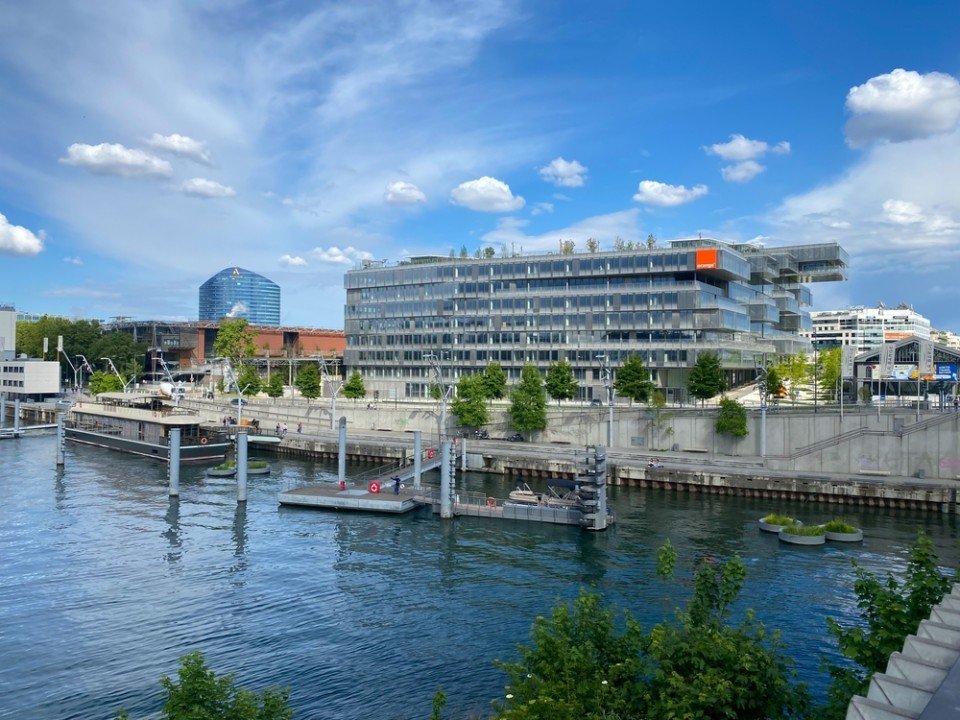Lower Danube Discovery with Transylvania
09 Apr 2025 - 19 Nights
One of France’s great rivers, the Seine rises at Saint-Seine near Dijon in the east of the country, close to the Swiss Alps and flows for 486-miles in a northwesterly direction, dissecting Paris, before crossing Normandy and emptying into the English Channel at Le Havre.
On a Seine River cruise, typically travelling from Honfleur or Rouen on the Normandy coast to Paris or vice-versa, you will discover the true beauty of Northern France , gliding past storybook chateaux and medieval towns and discovering why artists throughout the centuries have found inspiration in these regions, from the suburbs of Paris to the fishing villages of Normandy. You may visit Honfleur, the birthplace of Impressionism or Giverny, home to Monet´s stone farmhouse and world-famous gardens, or perhaps the famous Palace of Versailles. Walk the Normandy beaches where the Allied forces landed during the Second World War's D-Day landings or see the site where Joan of Arc was martyred in Rouen. And then there's Paris, the iconic highlight of any Seine River cruise.
View France River Cruises View Seine River Cruises
France’s cosmopolitan and culturally rich capital is a truly iconic European city with a long and illustrious history. A Seine river cruise takes travellers right into the heart of the city , offering the perfect opportunity for sightseeing tours as well as solo exploration.
Some of Paris’ most important landmarks and must-sees include the world-famous Eiffel Tower, the historic Arc de Triomphe and incredible catacombs beneath the city. As a hotbed of culture and fashion, Paris also boasts a number of renowned galleries and museums such as the Louvre, the Picasso Museum and the Centre Georges Pompidou museum of modern art.
To truly experience life in Paris, be sure to browse the many wonderful shopping boutiques situated across the city centre or sit down in a quaint cafe or bistro to sample local delicacies and simply observe the hustle and bustle of the city streets.
The Seine flows through the French region of Normandy, offering travellers the opportunity to spend time in this scenic and historic corner of the country. Normandy is perhaps best-known as the site of the momentous D-Day landings during the Second World War and the remnants of this historic event can be observed across the region. Take a trip to see the famous beaches of Normandy where the Allies landed during Operation Overload to take back Europe from the Nazis, and visit the many poignant grave sites where those who lost their lives during the invasion are now buried.
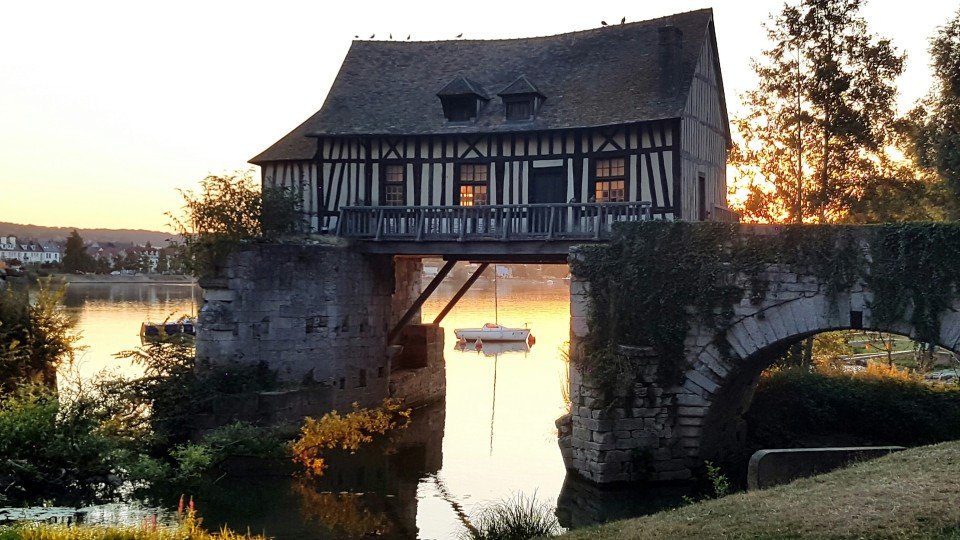
Situated in the Normandy region of France alongside the river Seine, Vernon is a must-visit town best known for the iconic Monet's Garden at Giverny, located just a short distance away. Within the town, art enthusiasts and nature lovers are enchanted by timber-framed houses, a medieval bridge and the awe-inspiring Collegiate Church of Our Lady.
... Read MoreSituated in the Normandy region of France alongside the river Seine, Vernon is a must-visit town best known for the iconic Monet's Garden at Giverny, located just a short distance away. Within the town, art enthusiasts and nature lovers are enchanted by timber-framed houses, a medieval bridge and the awe-inspiring Collegiate Church of Our Lady.
... Show LessFrance's iconic and enchanting capital, Paris, is a globally recognised symbol of art, culture and romance, sitting along the banks of the river Seine. Home to world-famous landmarks including the Eiffel Tower, Louvre Museum and the Notre-Dame Cathedral, Paris is a beacon of timeless elegance, cultural richness and historical magnitude. Affectionately named the City of Light and the City of Love, Paris enchants with its stunning boulevards, charming cafes and world-class culinary scene, with the Seine gracefully winding through the city and further enhancing the romantic allure. The artistic haven of Monmartre contributes to the city's heritage and status as a global symbol of fashion, art and culinary excellence, serving as an epitome of sophistication in a destination that seamlessly ... Read More
France's iconic and enchanting capital, Paris, is a globally recognised symbol of art, culture and romance, sitting along the banks of the river Seine. Home to world-famous landmarks including the Eiffel Tower, Louvre Museum and the Notre-Dame Cathedral, Paris is a beacon of timeless elegance, cultural richness and historical magnitude. Affectionately named the City of Light and the City of Love, Paris enchants with its stunning boulevards, charming cafes and world-class culinary scene, with the Seine gracefully winding through the city and further enhancing the romantic allure. The artistic haven of Monmartre contributes to the city's heritage and status as a global symbol of fashion, art and culinary excellence, serving as an epitome of sophistication in a destination that seamlessly intertwines history and modernity.
... Show Less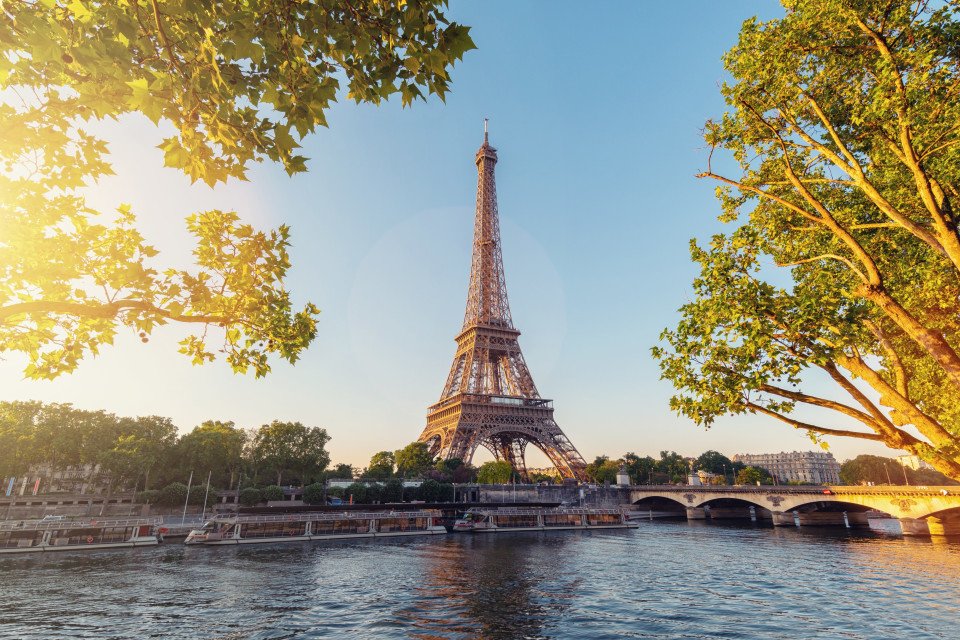
Mantes-la-Jolie is a commune in the Yvelines department in t...
Caudebec-en-Caux, situated along the Seine in the Normand...
Located in the Yvelines department of the Île-de-Fr...
Mantes-la-Jolie is a commune in the Yvelines department in t...
Caudebec-en-Caux, situated along the Seine in the Normand...
Located in the Yvelines department of the Île-de-Fr...
Mantes-la-Jolie is a commune in the Yvelines department in t...
Caudebec-en-Caux, situated along the Seine in the Normand...
Located in the Yvelines department of the Île-de-Fr...
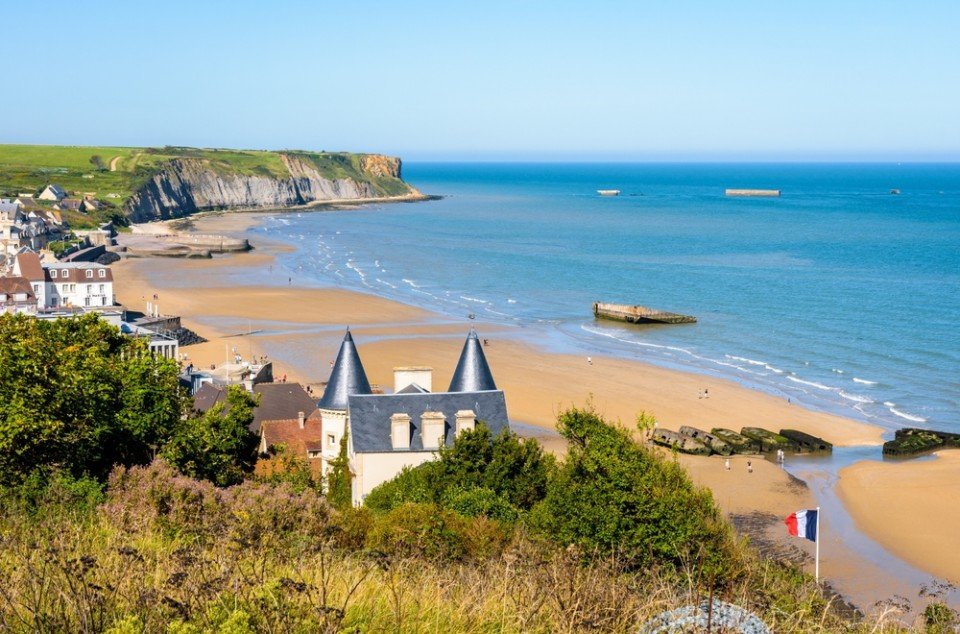
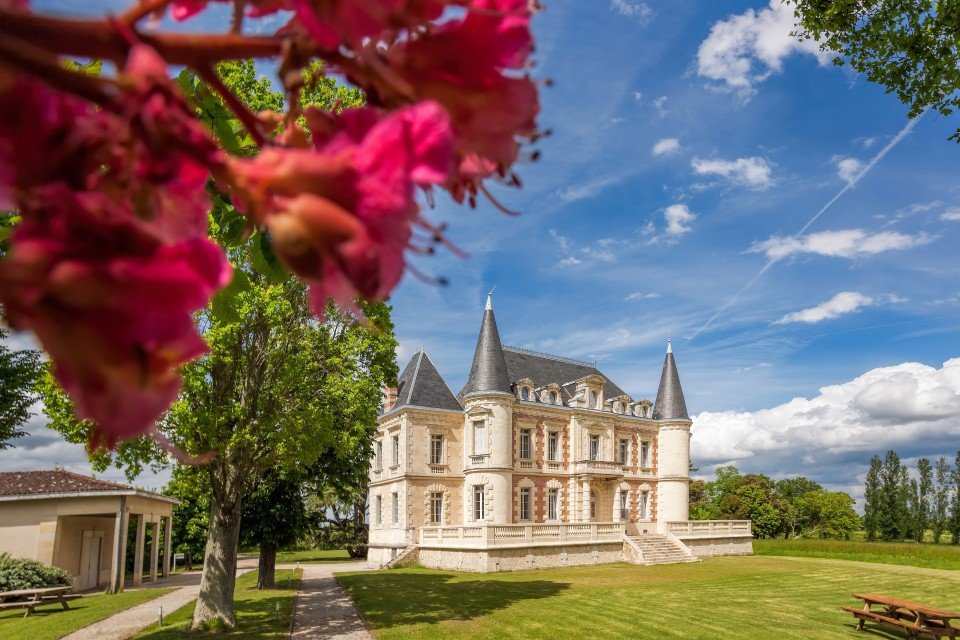
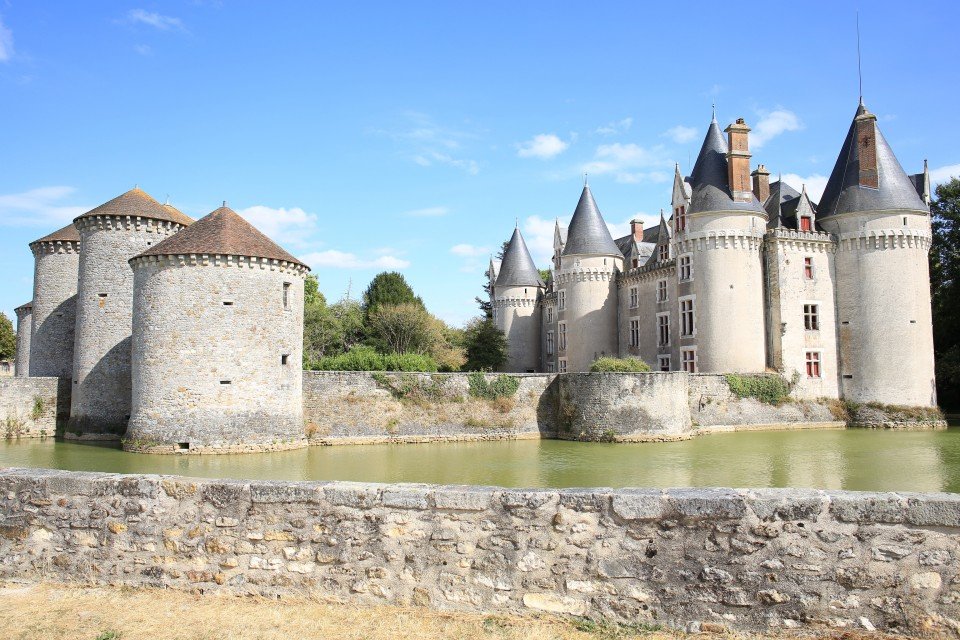

Situated in the Normandy region of France alongside the river Seine, Vernon is a must-visit town best known for the iconic Monet's Garden at Giverny, located just a short distance away. Within the town, art enthusiasts and nature lovers are enchanted by timber-framed houses, a medieval bridge and the awe-inspiring Collegiate Church of Our Lady.
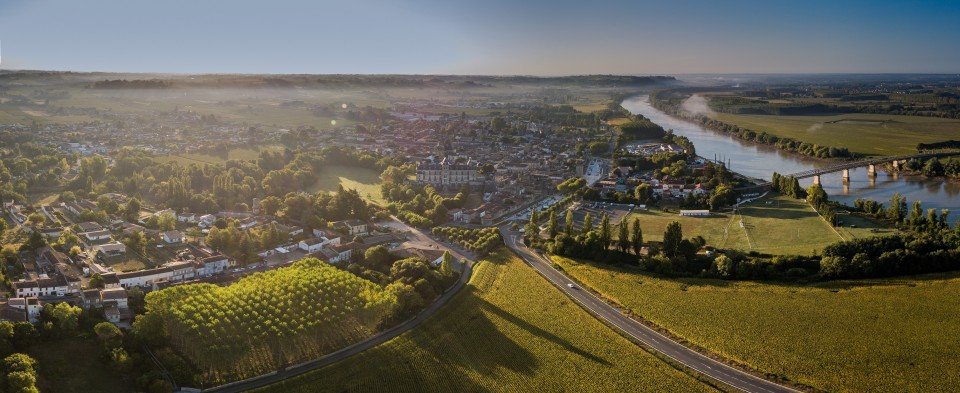
Cadillac, France, is a charming town in the Gironde department, known for its historic architecture and vineyards. Famous for its production of sweet white wines, especially Cadillac Côtes de Bordeaux, the town features a well-preserved 18th-century château and picturesque streets. Set along the Garonne River, Cadillac offers scenic views and a rich heritage, blending historical charm with local wine culture. Its vibrant markets and serene atmosphere make it a pleasant destination for those exploring the Bordeaux wine region.
-custom_banner-banner_half.jpg)
Adorned with stunning Gothic architecture, Rouen is a city steeped in history situated in the Normandy region of France. Notable city landmarks include the breath-taking Rouen Cathedral, immortalised by Claude Monet's artwork, and the medieval astronomical clock, the Gros-Holorge. The charming old town paved with cobblestone and lined with half-timbered houses only serves to enhance the medieval charm, providing a fitting backdrop to the city's rich cultural heritage and associations with iconic figures such as Joan of Arc, seamlessly blending historical implication with French provincial charm.
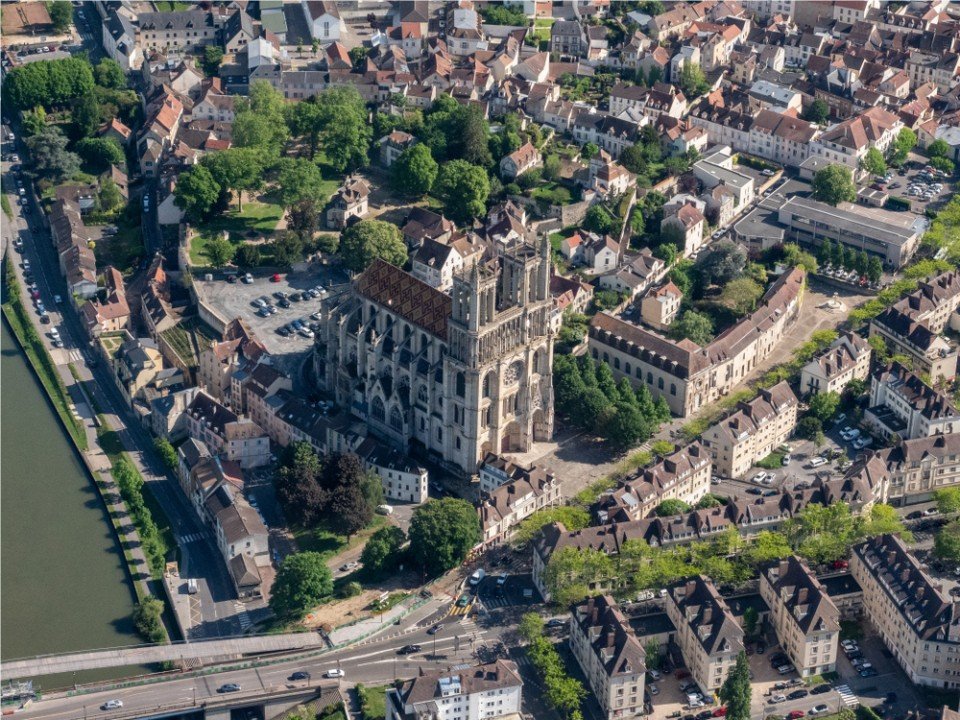
Mantes-la-Jolie is a commune in the Yvelines department in the Île-de-France region of north-central France. It is located to the west of Paris, 48.4 km from the centre of the capital.
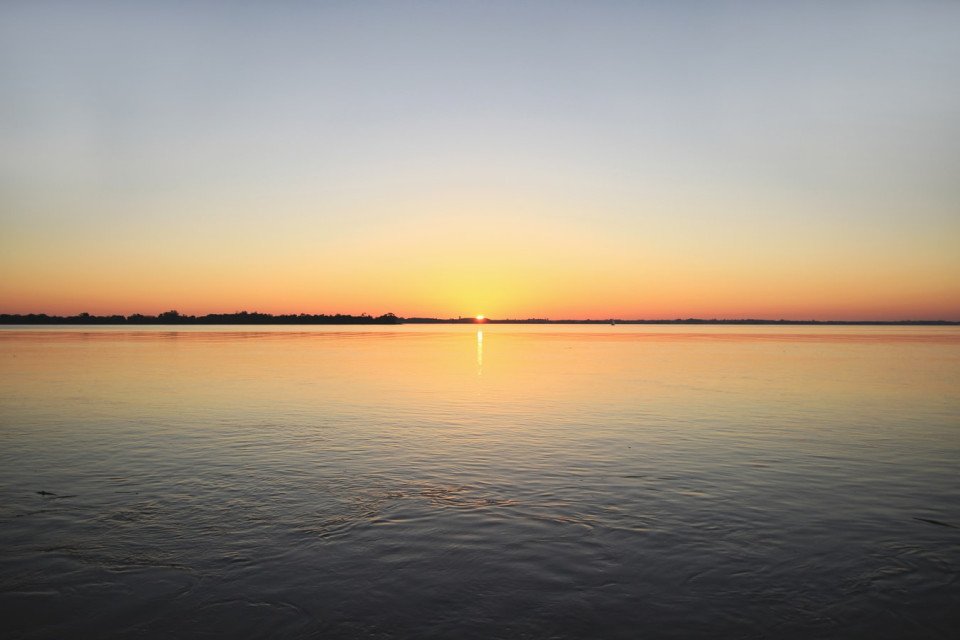
Blaye, France, is a picturesque town in the Gironde department, renowned for its historic Blaye Citadel, a UNESCO World Heritage site with stunning views of the Gironde estuary. The town boasts charming streets, vibrant markets, and renowned vineyards producing exceptional wines, including Blaye Côtes de Bordeaux. Blaye’s blend of historical architecture, scenic river views, and local wine culture makes it an inviting destination for history enthusiasts and wine lovers alike.
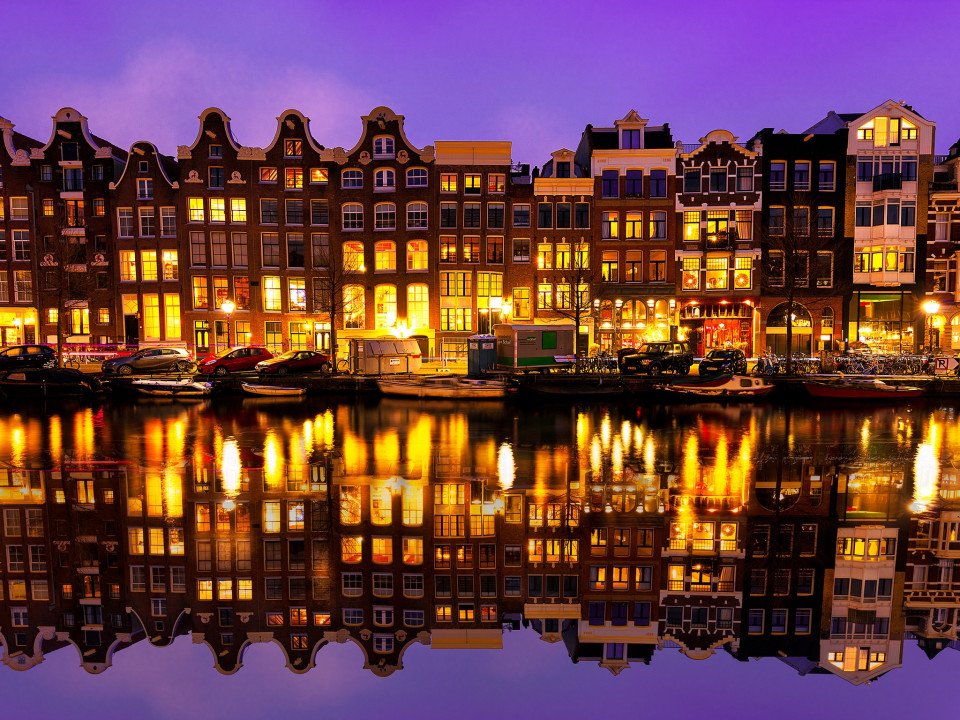
Amsterdam combines the unrivaled beauty of the 17th-century Golden Age city center with plenty of museums and art of the highest order, not to mention a remarkably laid-back atmosphere. It all comes together to make this one of the world's most appealing and offbeat metropolises in the world. Built on a latticework of concentric canals like an aquatic rainbow, Amsterdam is known as the City of Canals—but it's no Venice, content to live on moonlight serenades and former glory. Quite the contrary: on nearly every street here you'll find old and new side by side—quiet corners where time seems to be holding its breath next to streets like neon-lit Kalverstraat, and Red Light ladies strutting by the city's oldest church. Indeed, Amsterdam has as many lovely facets as a 40-carat diamond polished by one of the city's gem cutters. It's certainly a metropolis, but a rather small and very accessible one. Locals tend to refer to it as a big village, albeit one that happens to pack the cultural wallop of a major world destination. There are scores of concerts every day, numerous museums, summertime festivals, and, of course, a legendary year-round party scene. It's pretty much impossible to resist Amsterdam's charms. With 7,000 registered monuments, most of which began as the residences and warehouses of humble merchants, set on 160 man-made canals, and traversed by 1,500 or so bridges, Amsterdam has the largest historical inner city in Europe. Its famous circle of waterways, the grachtengordel, was a 17th-century urban expansion plan for the rich and is a lasting testament to the city’s Golden Age. This town is endearing because of its kinder, gentler nature—but a reputation for championing sex, drugs, and rock ’n’ roll does not alone account for Amsterdam's being one of the most popular destinations in Europe: consider that within a single square mile the city harbors some of the greatest achievements in Western art, from Rembrandt to Van Gogh. Not to mention that this is one of Europe's great walking cities, with so many of its treasures in the untouted details: tiny alleyways barely visible on the map, hidden garden courtyards, shop windows, floating houseboats, hidden hofjes(courtyards with almshouses), sudden vistas of church spires, and gabled roofs that look like so many unframed paintings. And don’t forget that the joy lies in details: elaborate gables and witty gable stones denoting the trade of a previous owner. Keep in mind that those XXX symbols you see all over town are not a mark of the city's triple-X reputation. They're part of Amsterdam's official coat of arms—three St. Andrew's crosses, believed to represent the three dangers that have traditionally plagued the city: flood, fire, and pestilence. The coat's motto ("Valiant, determined, compassionate") was introduced in 1947 by Queen Wilhelmina in remembrance of the 1941 February Strike in Amsterdam—the first time in Europe that non-Jewish people protested against the persecution of Jews by the Nazi regime.
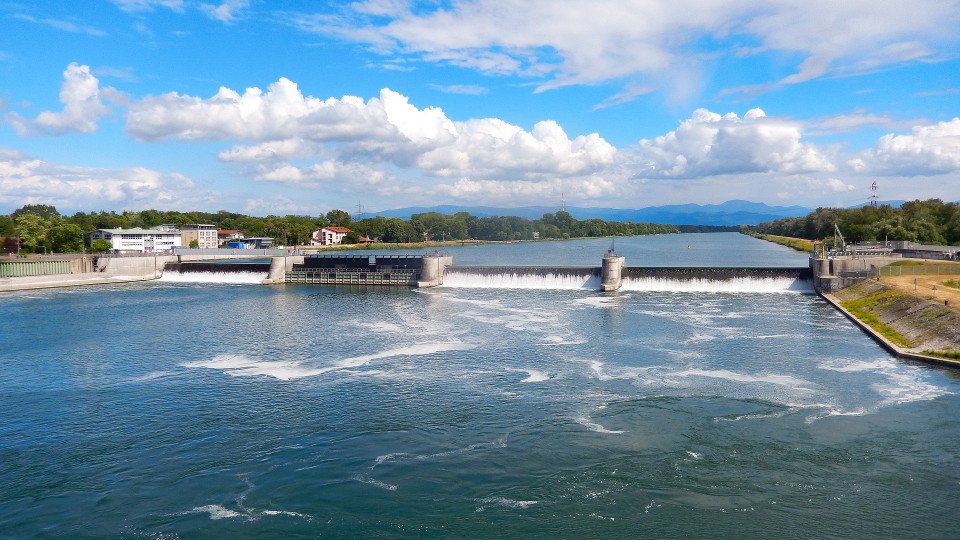
Breisach is a town located in Southwest Germany on the French border. The town is situated in the Rhine Valley on the banks of the river Rhine and dates back over four thousand years. Breisach and its history can be experienced through the City History Museum, which houses a permanent exhibition taking you from Stone Age through the Celtic, to the Romans and Middle Ages, right up to modern day. St Stephen's Cathedral is home to the city’s famous art treasures, the wheel wells, which are housed in the neighbouring Radbrunnenturm with the forty one metre deep water well. The cathedral is also home to many other treasures including the High Altar of Master HL and wall paintings by Martin Schongauer as well as High Gothic and Roman architecture. A visit to the Blue House, the former Jewish Community Centre, is highly recommended. Now owned by the Friends of Former Jewish Community House Breisach it exhibits memorials to Breisach’s Jewish heritage.
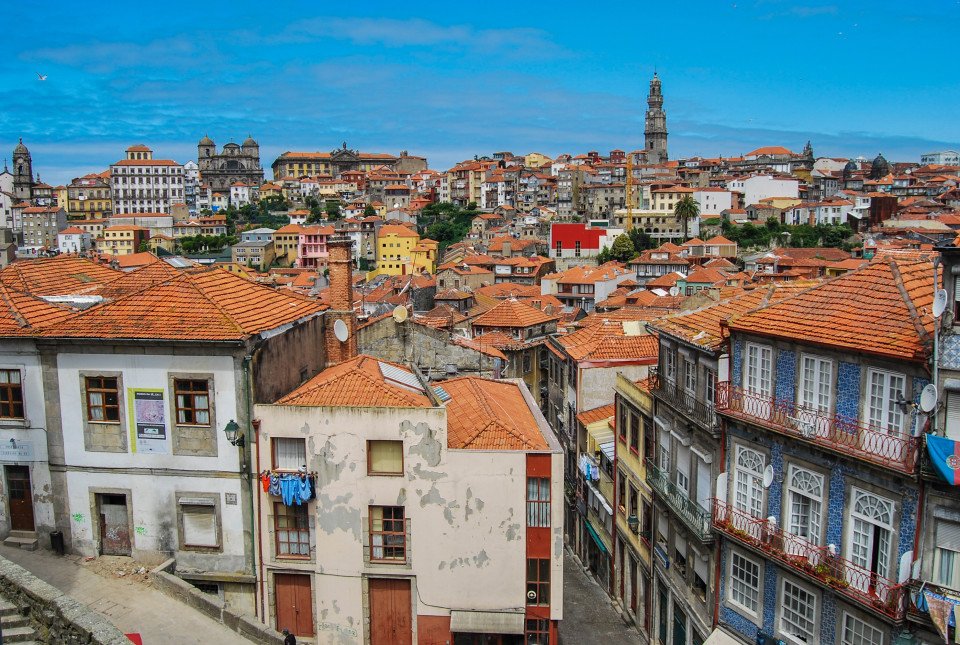
Lively, commercial Oporto is the second largest city in Portugal after Lisbon. Also called Porto for short, the word easily brings to mind the city's most famous product - port wine. Oporto's strategic location on the north bank of the Douro River has accounted for the town's importance since ancient times. The Romans built a fort here where their trading route crossed the Douro, and the Moors brought their own culture to the area. Oporto profited from provisioning crusaders en route to the Holy Land and enjoyed the riches from Portuguese maritime discoveries during the 15th and 16th centuries. Later, port wine trade with Britain compensated for the loss of the spice trade and the end of gold and gem shipments from Brazil. In the 19th century, the city went through a period of new prosperity with the rise of industries. In its wake followed the building of workers' quarters and opulent residences. Since the declaration of Oporto as a World Heritage Site by UNESCO, the city aims to build up a cultural reference that will provide it with a new image, based on deep historical roots. Among the attractions that make Oporto such an interesting place are its graceful bridges spanning the Douro River, a picturesque riverfront quarter and, most notable, its world-famous port wine lodges. Although Oporto is a bustling centre and home to many different businesses, the source of its greatest fame is the rich, sweet fortified red wine we know as port.
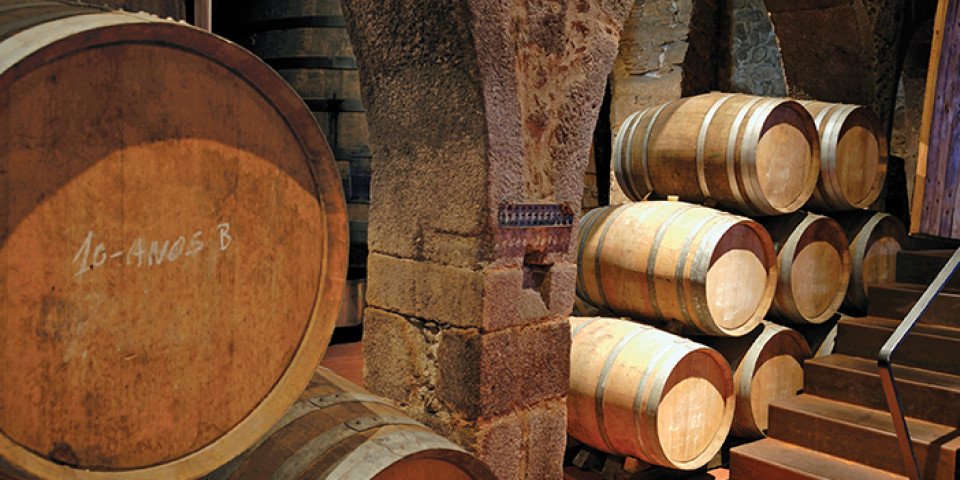
Sometimes known as Peso da Régua, Régua is a key hub situated in the Duoro Valley and serving as a central location for the region's wine production. Home to a number of port wine lodges and museums, the town offers stunning views of the surrounding vineyards combined with a unique insight into the legacy and craftmanship of Portugal's iconic fortified wine.

Famed for its 12th Century prestigious university, Salamanca captivates visitors with an impressive blend of history, culture and academia. Home to architectural marvels, such as the ornately decorated Plaza Mayor and stunning Salamanca Cathedral, Salamanca showcases centuries of artistic heritage alongside a lively nightlife buzzing with vibrant tapas bars, cafes and flamenco venues.
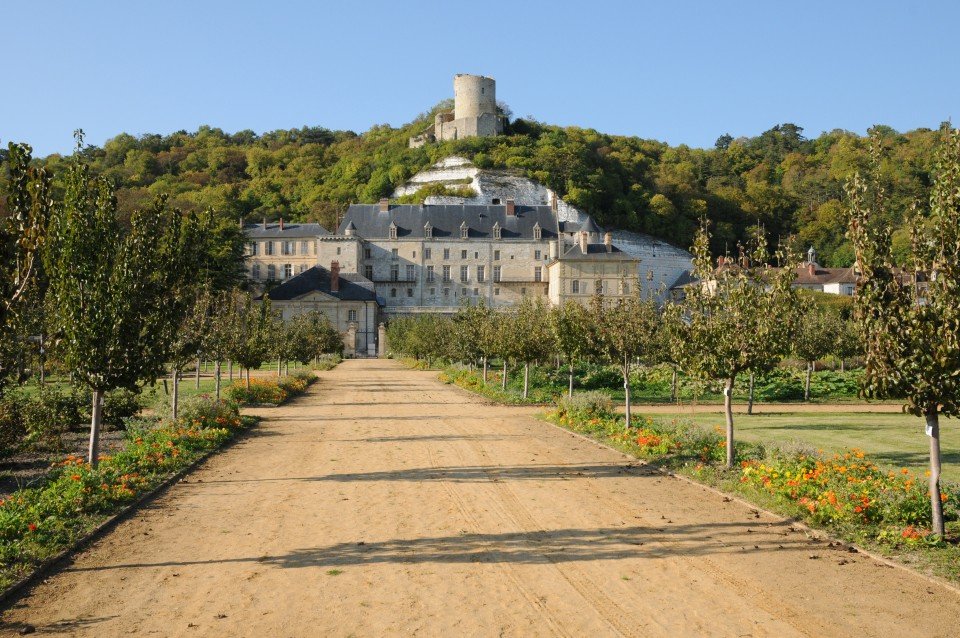
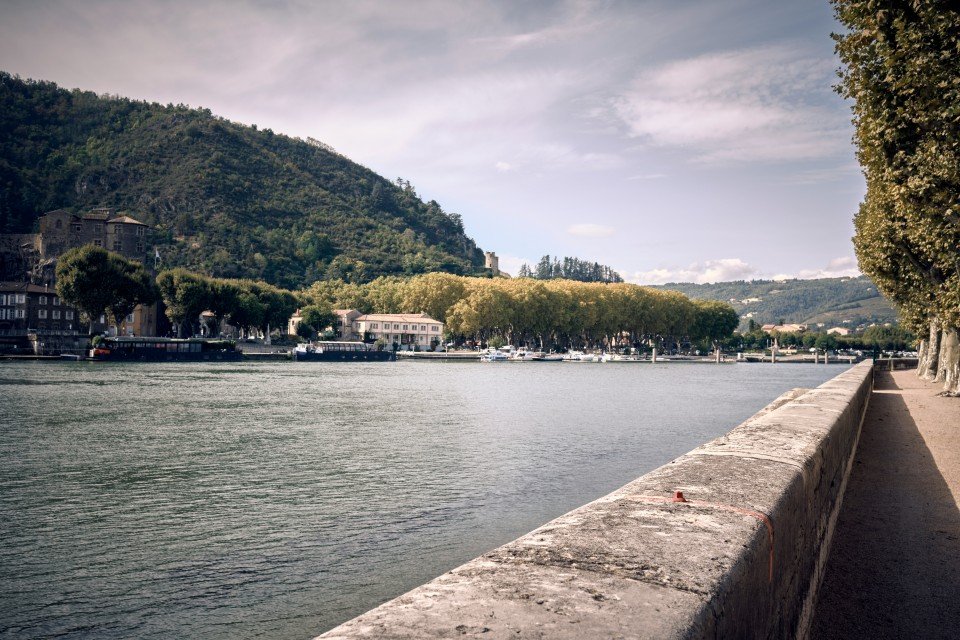
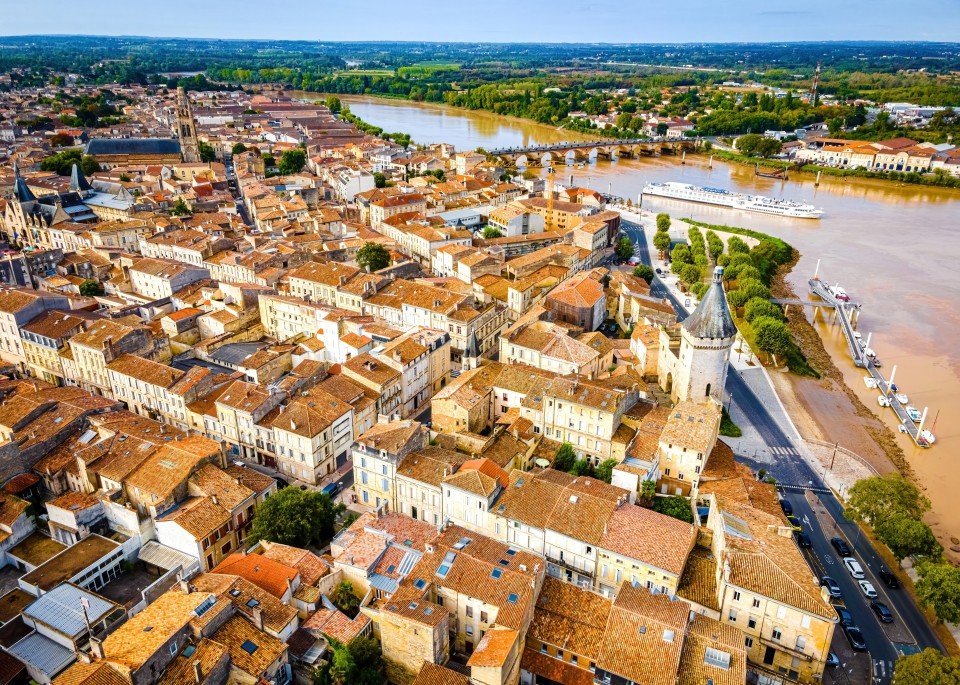
Libourne, France, is a historic town in the Bordeaux wine region, renowned for its vibrant market and beautiful architecture. Located along the Dordogne River, it features a charming blend of medieval and Renaissance buildings, including the striking Church of Saint-Jean-Baptiste. Libourne is a gateway to prestigious wine estates, including Pomerol and Saint-Émilion. The town's bustling market and scenic riverside setting offer a delightful experience for visitors interested in wine, history, and local culture.

France's iconic and enchanting capital, Paris, is a globally recognised symbol of art, culture and romance, sitting along the banks of the river Seine. Home to world-famous landmarks including the Eiffel Tower, Louvre Museum and the Notre-Dame Cathedral, Paris is a beacon of timeless elegance, cultural richness and historical magnitude. Affectionately named the City of Light and the City of Love, Paris enchants with its stunning boulevards, charming cafes and world-class culinary scene, with the Seine gracefully winding through the city and further enhancing the romantic allure. The artistic haven of Monmartre contributes to the city's heritage and status as a global symbol of fashion, art and culinary excellence, serving as an epitome of sophistication in a destination that seamlessly intertwines history and modernity.
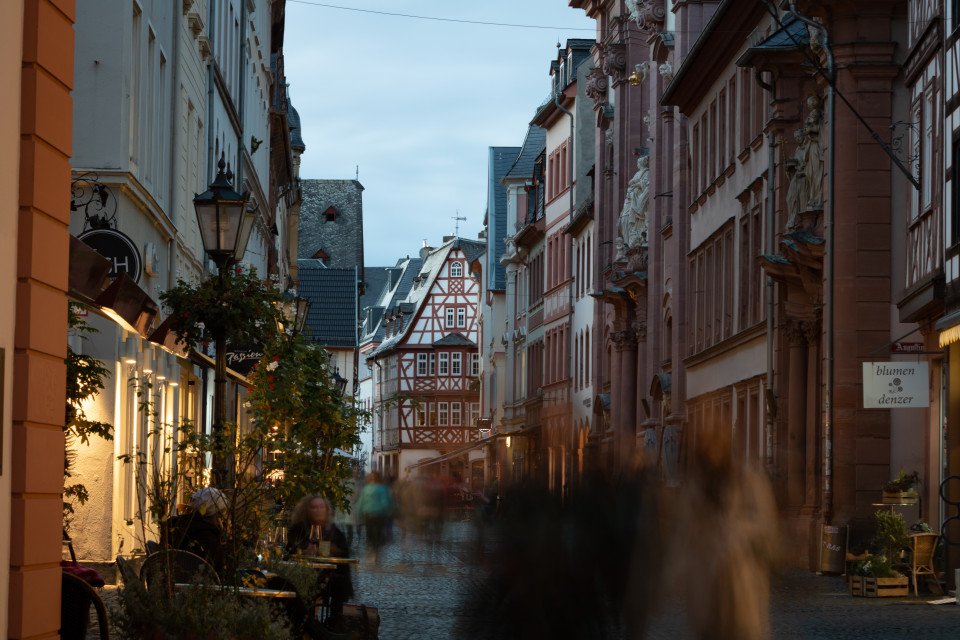
Situated on the banks of the Rhine, Mainz is a German city with an intricate history dating back to the Roman era, as the capital of the Rhineland-Palatine state. Celebrating its cultural heritage, Mainz is home to several iconic landmarks that represent the city's historical significance, including the Mainz Cathedral, the Old Town and the Gutenberg Museum, which honours the inventor of the printing press.
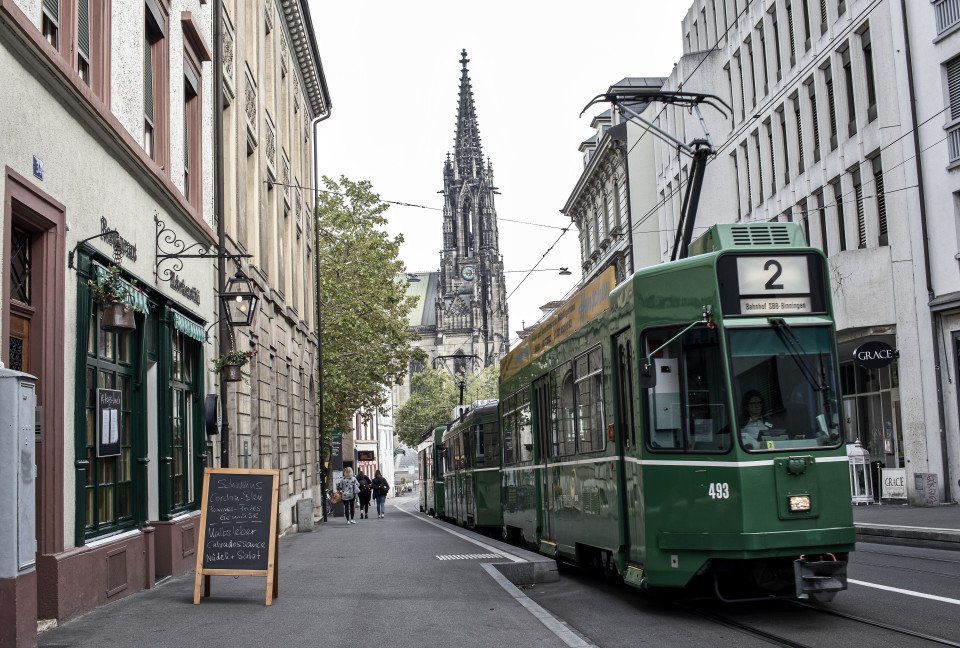
Basel is a city in northwestern Switzerland on the Swiss, French and German borders. It is located on the bend of the River Rhine and benefits from a Mediterranean climate. It is the third most populated city in Switzerland and has been the commercial hub for Swiss arts and culture since the Renaissance. In 1967 the people of Basel voted to acquire two paintings by Picasso, who was so moved by the Basel people that he donated 3 paintings and a study to the city's Kunstmuseum (Museum of Fine Arts). Visit the Augusta Raurica, one of the largest Roman archaeology parks in Switzerland, and enjoy a river crossings over the River Rhine by non-motorised ferries. During the summer months, time is spent outdoors, either swimming in the River Rhine, dining al fresco, enjoying open air concerts, cinema, street parties and festivals. Basel is home to over 20 restaurants that have won GaultMillau or Michelin awards, and boasts Switzerland's largest collection of theatre shows, including modern contemporary dance, touring and puppetry theatre.
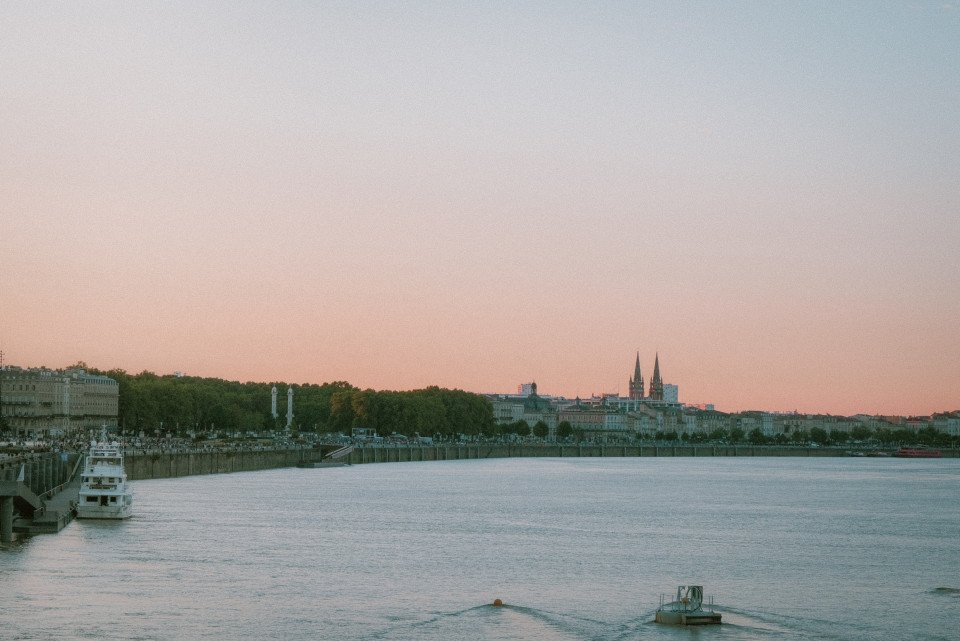
Bordeaux as a whole, rather than any particular points within it, is what you'll want to visit in order to understand why Victor Hugo described it as Versailles plus Antwerp, and why the painter Francisco de Goya, when exiled from his native Spain, chose it as his last home (he died here in 1828). The capital of southwest France and the region's largest city, Bordeaux remains synonymous with the wine trade: wine shippers have long maintained their headquarters along the banks of the Garonne, while buyers from around the world arrive for the huge biennial Vinexpo show (held in odd-number years).Bordeaux is, admittedly, a less exuberant city than many others in France, but lively and stylish elements are making a dent in its conservative veneer. The cleaned-up riverfront is said by some, after a bottle or two, to exude an elegance reminiscent of St. Petersburg, and that aura of 18th-century élan also permeates the historic downtown sector—“le vieux Bordeaux"—where fine shops invite exploration. To the south of the city center are old docklands undergoing renewal—one train station has now been transformed into a big multiplex movie theater—but the area is still a bit shady. To get a feel for the historic port of Bordeaux, take the 90-minute boat trip that leaves Quai Louis-XVIII every weekday afternoon, or the regular passenger ferry that plies the Garonne between Quai Richelieu and the Pont d'Aquitaine in summer. A nice time to stroll around the city center is the first Sunday of the month, when it's pedestrian-only and vehicles are banned.

Caudebec-en-Caux, situated along the Seine in the Normandy region of France, is a charming town known for its medieval charm, half-timbered houses and wonderful blend of history and beauty. The impressive Gothic architecture of The Church of Saint-Pierre is a particular highlight, with its breath-taking façade and panoramic views of the Seine valley.
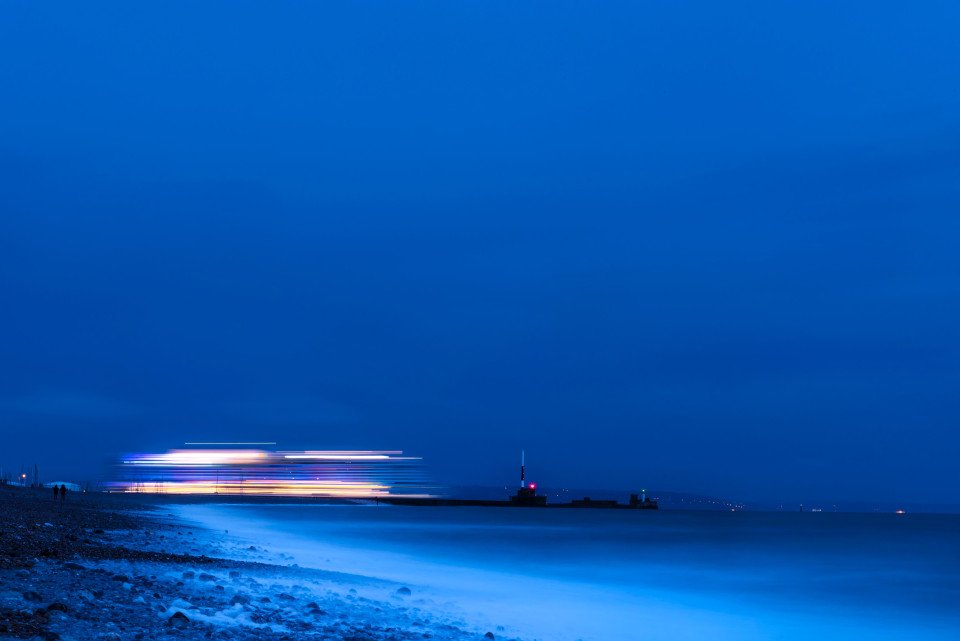
Le Havre, founded by King Francis I of France in 1517, is located inUpper Normandy on the north bank of the mouth of the River Seine, which isconsidered the most frequented waterway in the world. Its port is ranked thesecond largest in France. The city was originally built on marshland andmudflats that were drained in the 1500’s. During WWII most of Le Havre wasdestroyed by Allied bombing raids. Post war rebuilding of the city followed thedevelopment plans of the well-known Belgian architect Auguste Perre. Thereconstruction was so unique that the entire city was listed as a UNESCO WorldHeritage Site in 2005.
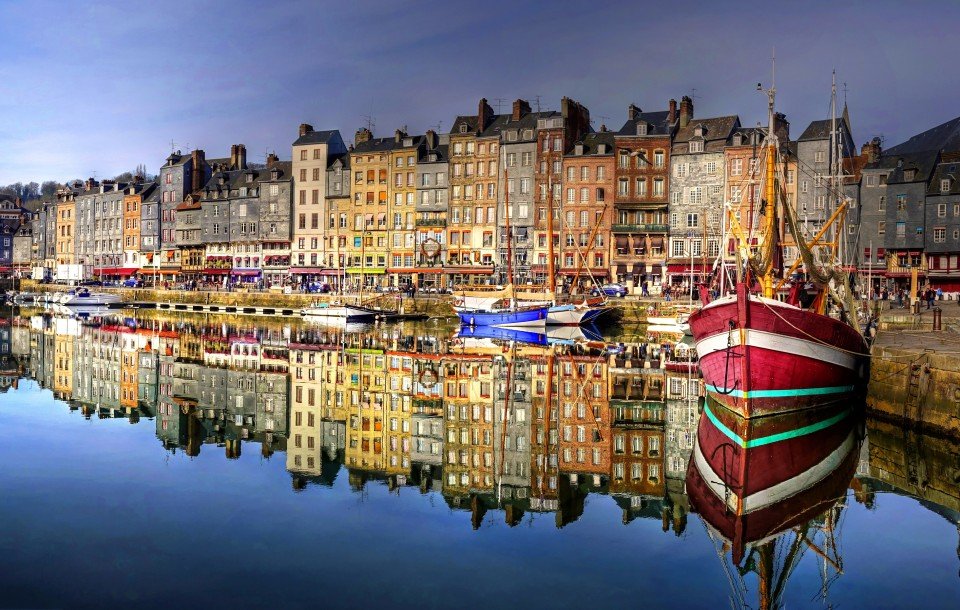
Honfleur, the most picturesque of the Côte Fleurie's seaside towns, is a time-burnished place with a surplus of half-timber houses and cobbled streets that are lined with a stunning selection of stylish boutiques. Much of its Renaissance architecture remains intact—especially around the 17th-century Vieux Bassin harbor, where the water is fronted on one side by two-story stone houses with low, sloping roofs and on the other by tall slate-topped houses with wooden facades. Maritime expeditions (including some of the first voyages to Canada) departed from here; later, Impressionists were inspired to capture it on canvas. But the town as a whole has become increasingly crowded since the Pont de Normandie opened in 1995. Providing a direct link with Upper Normandy, the world's sixth-largest cable-stayed bridge is supported by two concrete pylons taller than the Eiffel Tower and designed to resist winds of 257 kph (160 mph).
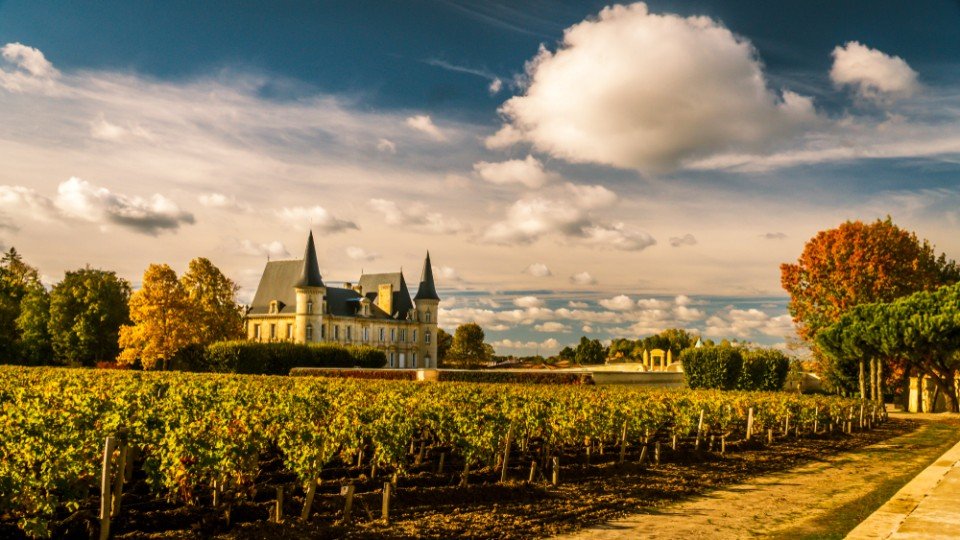
Pauillac, France, is a scenic village in the Bordeaux wine region, renowned for its prestigious vineyards and charming riverfront. Located on the Gironde estuary, it is famed for its high-quality red wines, including those from renowned châteaux like Lafite Rothschild and Mouton Rothschild. The village features historic buildings, vibrant markets, and stunning views of the estuary. Pauillac’s blend of rich winemaking heritage and picturesque landscapes makes it a delightful destination for wine enthusiasts and travellers seeking a taste of Bordeaux’s elegance.

Cologne is a city in western Germany located across the Rhine river. It is the oldest in Germany, dating back 2000 years and is considered the region’s cultural hub. The city is known for its iconic landmark of the twin-spired Cologne Cathedral set against the reconstructed Old Town buildings. When in Old Town, visit the historic Old Town Hall and the Roman Church Great St Martin, or take time out and sit at one of the traditional breweries and enjoy the scenery around you. Historical sites such as the Roman Dionysus mosaic and the medieval Overstolzenhaus are worth a visit too. Another iconic sight in Cologne is at Hohenzollern Bridge. Here, local and tourist couples affix padlocks to the railings of the bridge and swear their loyalty to each other, they then throw the key into the Rhein to ensure everlasting love. Cologne is home to over 30 stages providing cabaret, free ensembles, theatre and dance and also celebrates its openly gay culture.
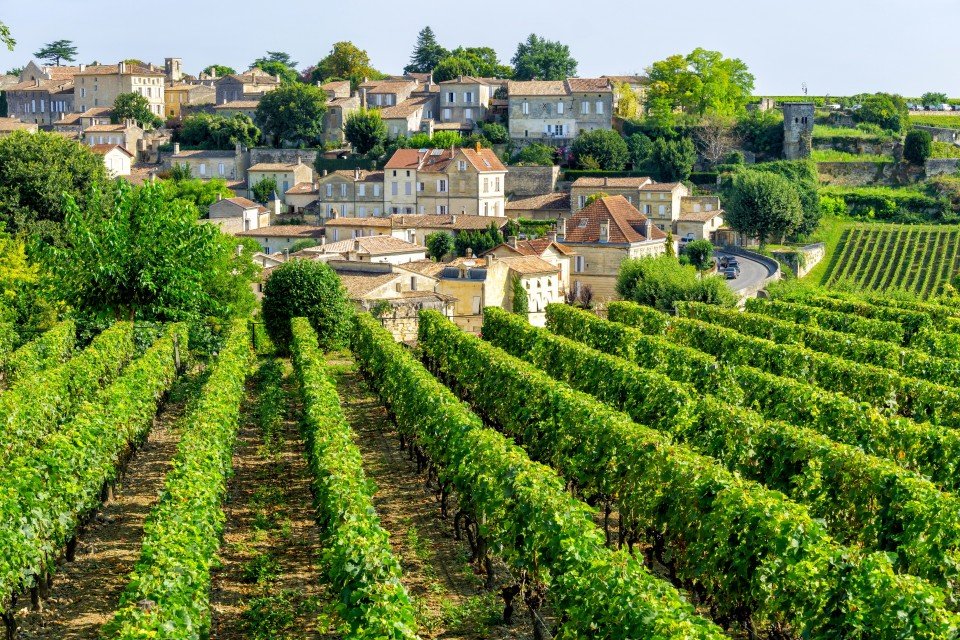
-custom_banner-banner_half.jpg)
Lyon, the capital city in France’s Auvergne-Rhône-Alpes region, sits at the junction of the Rhône and Saône rivers. Its center reflects 2,000 years of history from the Roman Amphithéâtre des Trois Gaules, medieval and Renaissance architecture in Vieux (Old) Lyon, to the modern Confluence district on Presqu'île peninsula. Traboules, covered passageways between buildings, connect Vieux Lyon and La Croix-Rousse hill.
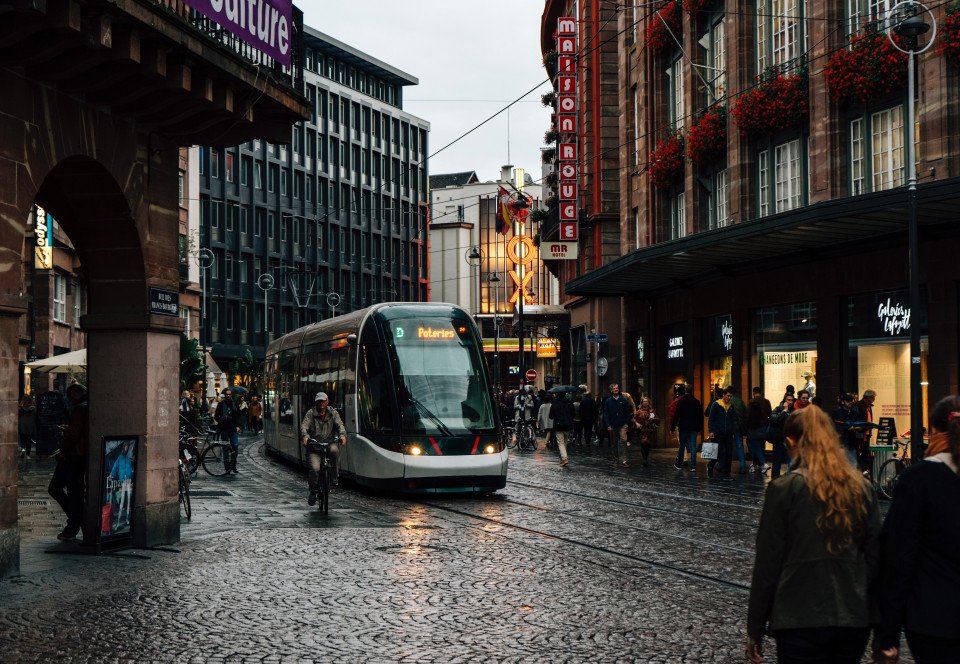
Strasbourg is a picturesque city in northeastern France, notable for its unique blend of French and German influences. Thanks to well-preserved, awe-inspiring medieval architecture such as the stunning Strasbourg Cathedral and the historic La Petite France district, Strasbourg has earned its spot on the map as a famous, must-visit European destination.
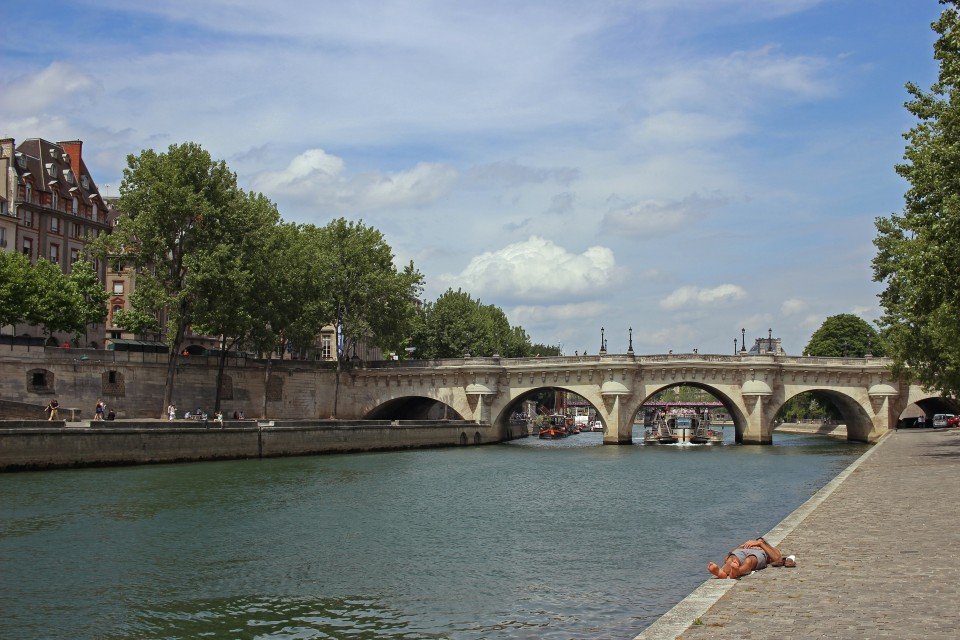
Located in the Yvelines department of the Île-de-France region in France, at the confluence of the Seine and Oise rivers, Conflans-Sainte-Honorine is a charming town with a stunning waterfront and breath-taking views. Steeped in maritime history, Conflans-Sainte-Honorine is home to the Musée de la Batellerie, a museum that chronicles the history of river navigation.
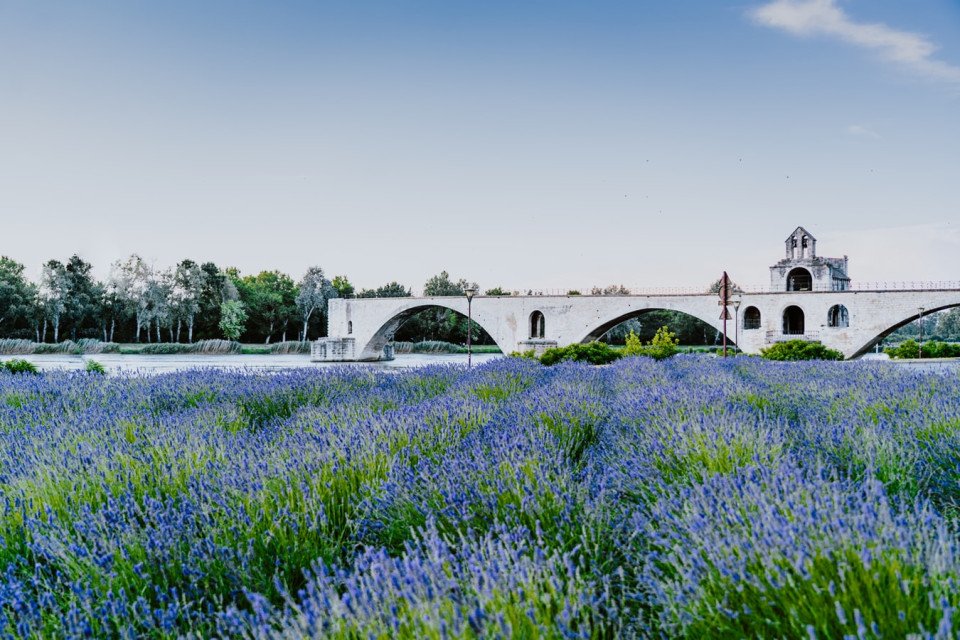
Avignon, France, is a historic city in Provence famed for its stunning medieval architecture. Dominated by the impressive Palais des Papes, a grand papal palace, and the iconic Pont Saint-Bénézet bridge, Avignon offers a rich cultural heritage. Its charming streets, vibrant markets, and annual theater festival, the Festival d'Avignon, add to its allure. Surrounded by picturesque vineyards and the Rhône River, Avignon blends history with a lively contemporary atmosphere, making it a must-visit for history enthusiasts and culture seekers.
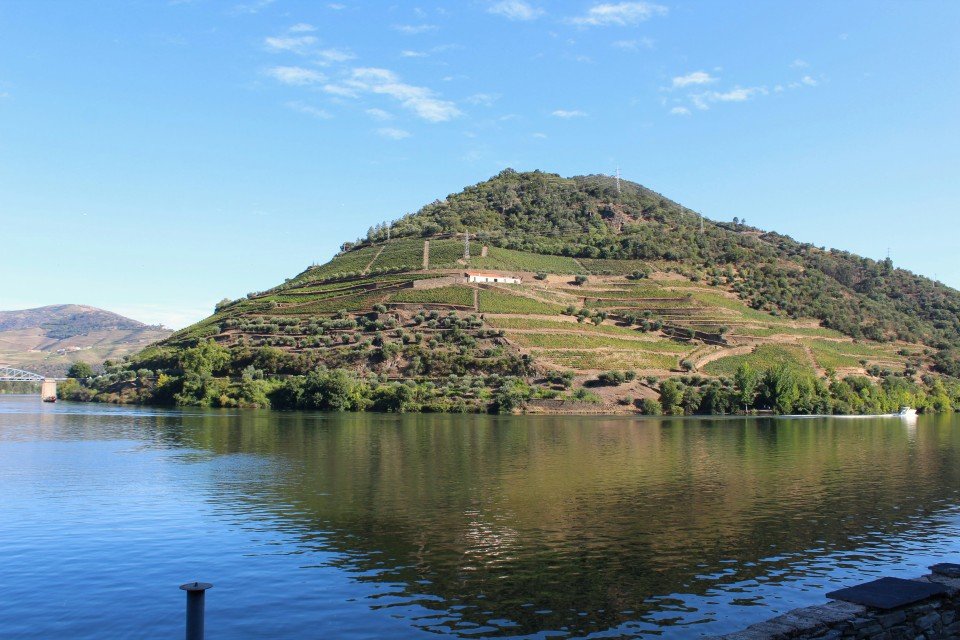
Situated in the heart of the Douro Valley, Pinhão is a charming riverside town characterised by terraced vineyards and traditional wine estates, locally known as quintas. Visitors are invited to explore historic wineries and savour the rich flavours of the region's iconic port wines.
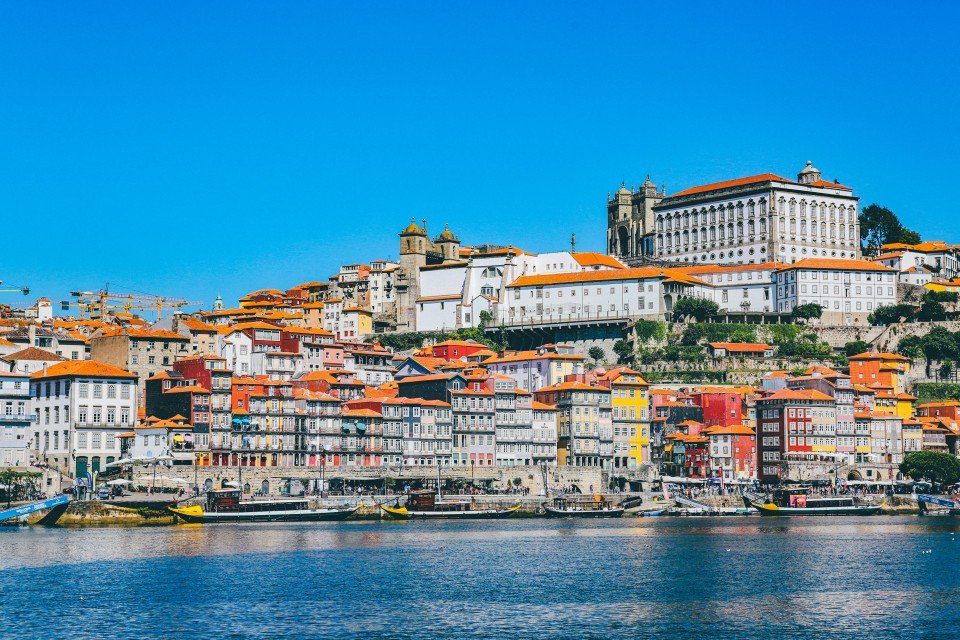
A gateway to the Douro Valley, Vega de Terrón is a port town offering its visitors access to the breathtaking landscapes and magnificent vineyards of the region. Located close to the Spanish border in North-East Portugal, near the Spanish town of Barca d'Alva, the town serves as a strategic base to explore both Portuguese and Spanish cultural gems.
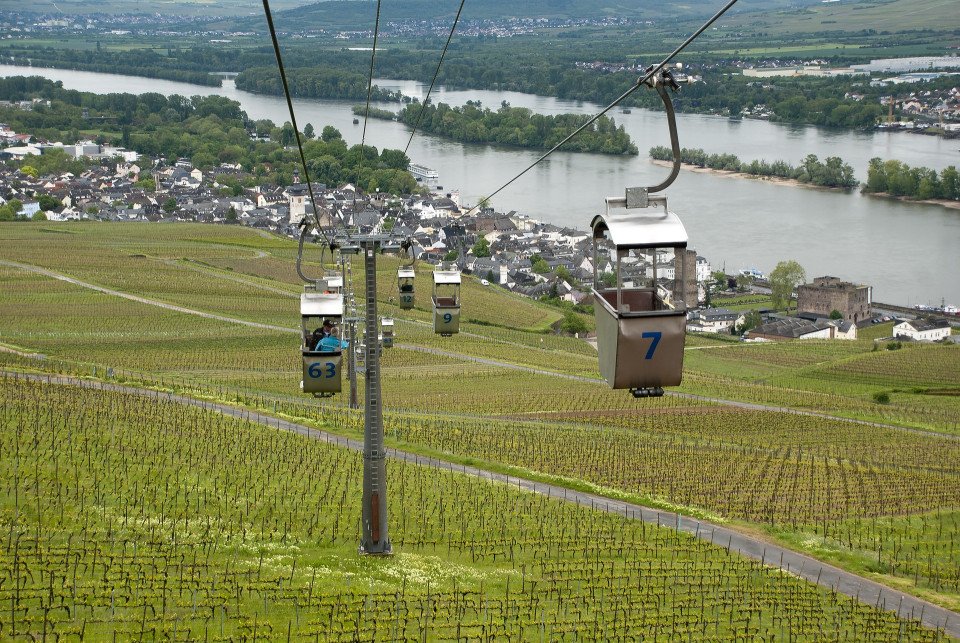
Rüdesheim is a popular stop on the Rhine, renowned for vineyards and medieval architecture. A notable feature of the town's vibrant cultural scene is the Drosselgasse, a narrow street paved with cobblestone and lined with wine taverns and local retailers, showcasing a delightful combination of local wine and traditional German hospitality. Encompassed by rolling vineyards and adorned with historic landmarks, Rüdesheim provides a quintessential German experience in a setting that seamlessly marries natural beauty with cultural richness.

Arles, France, is a historic city in Provence renowned for its Roman heritage and artistic legacy. The ancient amphitheater and the Roman Theater are standout landmarks. Arles also boasts charming streets and vibrant markets, reflecting its rich cultural life. Known for its connection to Vincent van Gogh, the city features scenes immortalized in his paintings. The blend of historical architecture, vibrant local culture, and picturesque landscapes makes Arles a captivating destination for history buffs and art enthusiasts alike.
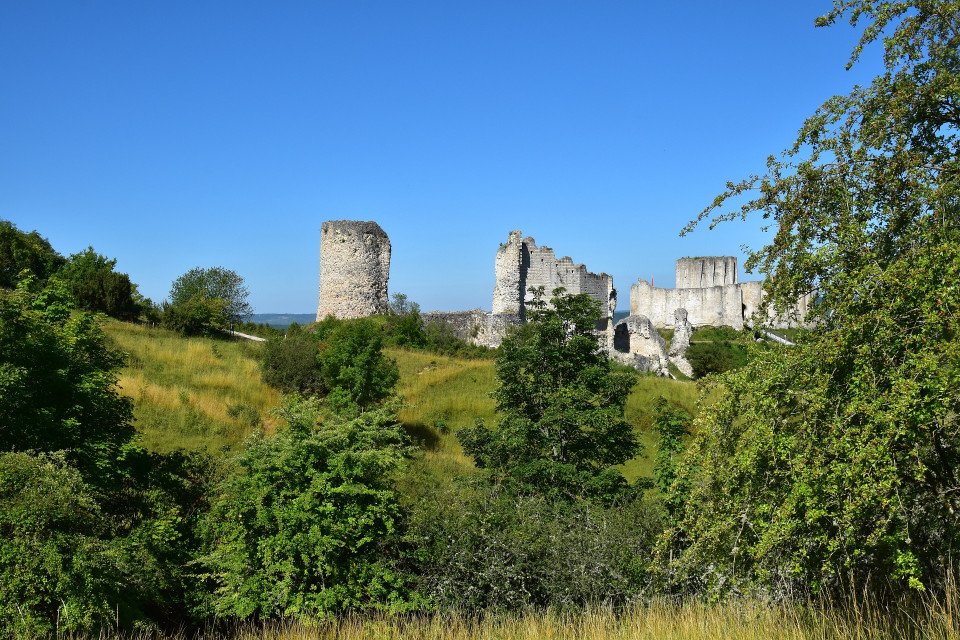
Situated in France's Normandy region, Les Andelys is an enchanting town along the banks of the Seine River. Characterised by its stunning river views and the monumental Château Gaillard, a medieval fortress built by Richard the Lionheart, the town attracts history enthusiasts and nature lovers alike thanks to its quaint streets, half-timbered houses ands vibrant market square.
